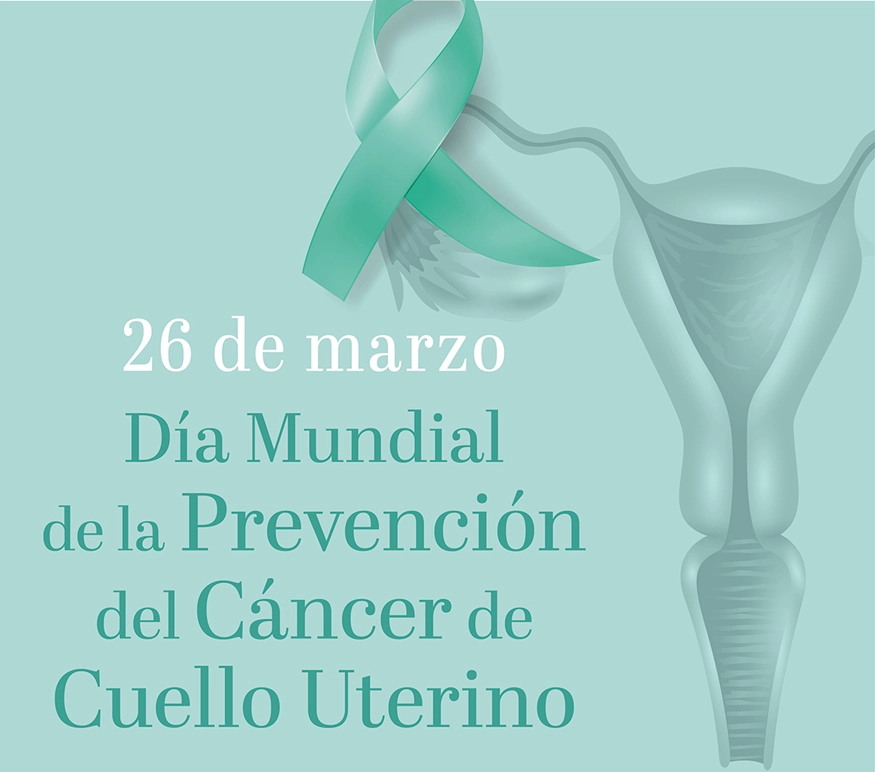Cervical lesions are increasingly afflicting the female population in the province of Holguin. Multiple causes affect the appearance of precursor lesions that, if not treated in time, trigger cervical cancer, a topic of total relevance on the occasion of World Prevention Day in this location.
According to the specialist in Gynecology and Obstetrics Yodalis Barberán Durán, “pathologies of servicouterine origin have a high incidence in the province, in the municipality and in Cuba, both the precursor lesions of cancer that are the ones that we investigate to diagnose in a timely manner, and the cancer lesions themselves.
Precursor lesions are cervical intraepithelial neoplasms, CIN one, CIN two, CIN three, and carcinoma in situ, while in the neck patrology clinic of the Mario Gutiérrez polyclinic, cervical cancer lesions are prevalent in the case of cervical cancer.
A valid action for the early detection of precursor lesions is the performance of the cytological test, indicated to patients over 25 years of age and by medical criteria before this age. This test is part of a mechanism governed by the National Program for the Early Diagnosis of Cancer through which the head nurse of the program, in each health area, informs the clinics of those altered cytologies.
In this sense, the specialist points out that it is very important for the population to know that sexual behavior is directly related to the development of this type of cancer. Sexual precocity, or the very early initiation of the first sexual intercourse, predisposes a patient much more to the probability of developing a precursor lesion within a period of approximately 15 years, after having initiated that intercourse and from 20 to 25 years she may have an invasive lesion.
This happens when you start your sexual life at a stage of life when you have an immature epithelium and is more vulnerable to a series of predisposing factors such as sexually transmitted infections and in particular the Human Papillomavirus (HPV).
In addition to sexual behavior, performing curettages or regulations, or having acquired HPV are recognized as the main risk factors for suffering from this type of cancer. Regarding the particularities of HPV, says the specialist who works in the Neck Pathology consultation of the Mario Gutiérrez Arraya university polyclinic, in the provincial capital city.
“It is a very common sexually transmitted virus that transits asymptomatic and the majority of the population has it or has had it at some point in their lives and ignores it. So, when a patient is incorporated into her first relationship, HPV predisposes her to develop cervical lesions and cancer.”
Unlike other sexually transmitted germs such as chlamydia or gonorrhea that are susceptible to certain antibiotics, it is the immune system that is responsible for eliminating the infection. Hence, it can persist in a latent way and together with other associated factors, then develop the disease.
It is very important to do organic cytology, “patients should not be afraid of an altered cytology, I always tell my patients that it is a privilege to know that they can be treated before developing a major lesion. The precursor lesion is totally treatable and eradicable, all patients are followed according to their diagnosis for a period that can range from two to 10 years, which gives them a fairly high guarantee of cure, he concluded.
Those who have irregularities detected in the cytological test must attend this consultation for the specialized examination by personnel trained in the management of colposcopy and cervical pathology. Only in this way can lesions be detected, treated and eradicated in time before they become dangerous, to the point of compromising life.
By: Maylín Betancourt Verdecia
Translated by Radio Angulo
- KTP Factory in Holguin Repairs Sprayers - 17 de December de 2025
- Gender Violence in Cuba: The Urgent Need to Close the Gap Between Law and Life - 17 de December de 2025
- Cuba Announces Selection of Top Athletes for 2025 - 17 de December de 2025

